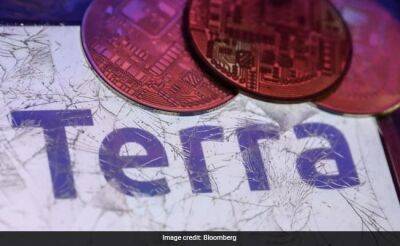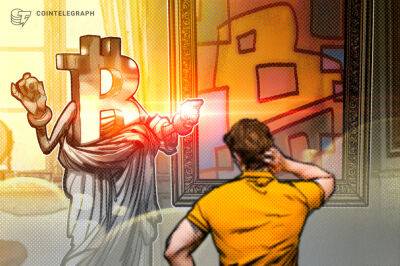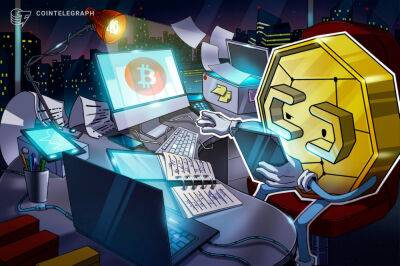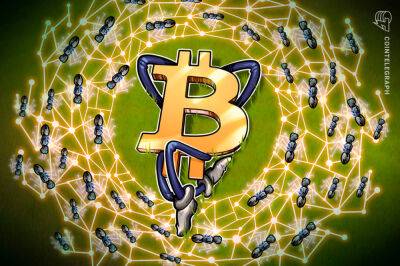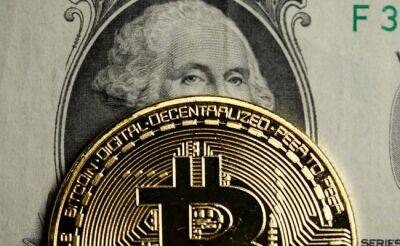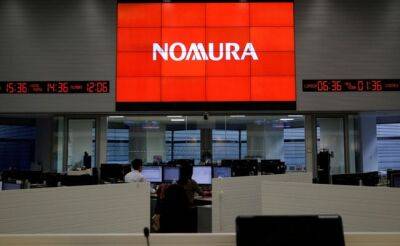Bitcoin price: What the crypto crash means for investors
Lionel Laurent
MicroStrategy Inc. co-founder Michael Saylor, a symbol of hubris during the dotcom boom who has since gone full Bitcoin, describes the cryptocurrency thus: “A swarm of cyber hornets serving the goddess of wisdom, feeding on the fire of truth, exponentially growing ever smarter, faster and stronger behind a wall of encrypted energy.”
Cool, cool. This patter is enough to fan the cultish flames of the laser-eyed crowd and attract junk-bond investors when times are good, liquidity is plentiful and interest rates are at rock bottom. But with surging commodity prices, supply-chain risks and war painting a stagflationary outlook, that burning smell is not from the fire of truth so much as speculative valuations going up in smoke.
Bitcoin’s 50 percent slide in six months highlights its flaws in times of stress: It’s an energy suck at a time when power prices are surging and offers no dividend against a backdrop of rising interest rates; it’s also attracting increased regulatory scrutiny. That’s on top of big scalability issues that have hindered its adoption in payments, not all of which are solved by the Lightning Network on display in El Salvador. Its pseudonymity may be appreciated by cybercriminals, but people today prefer hard cash.
The promise of Bitcoin as an inflation hedge is unraveling as the electricity that feeds it grows more expensive. Power accounts for roughly half of the overhead expenses of mining firms that funnel ever-expanding computing resources into Bitcoin. While the token’s price is still around double a lot of these firms’ breakeven rate, they have bills to pay and capital expenditure to finance — which means selling Bitcoin for dollars.
Miners also have to plan for alternatives to hotspots
Read more on moneycontrol.com


 moneycontrol.com
moneycontrol.com